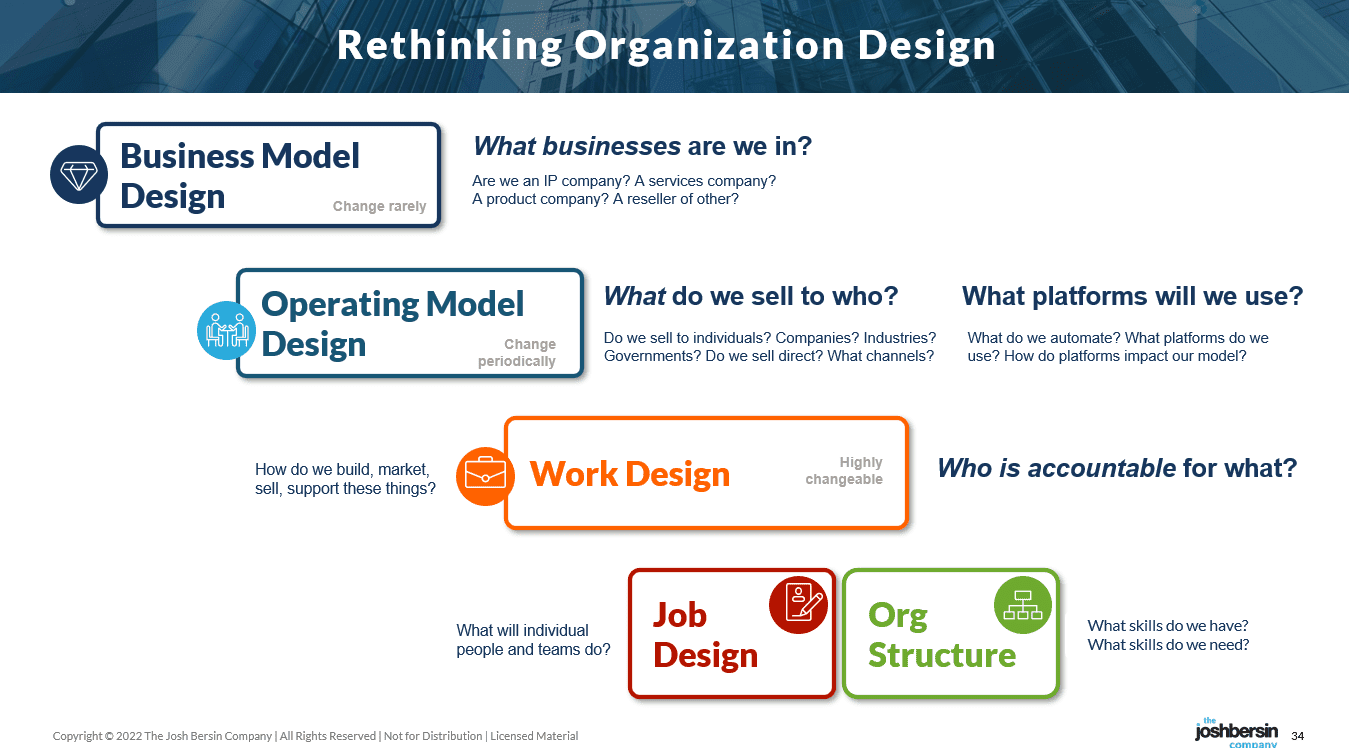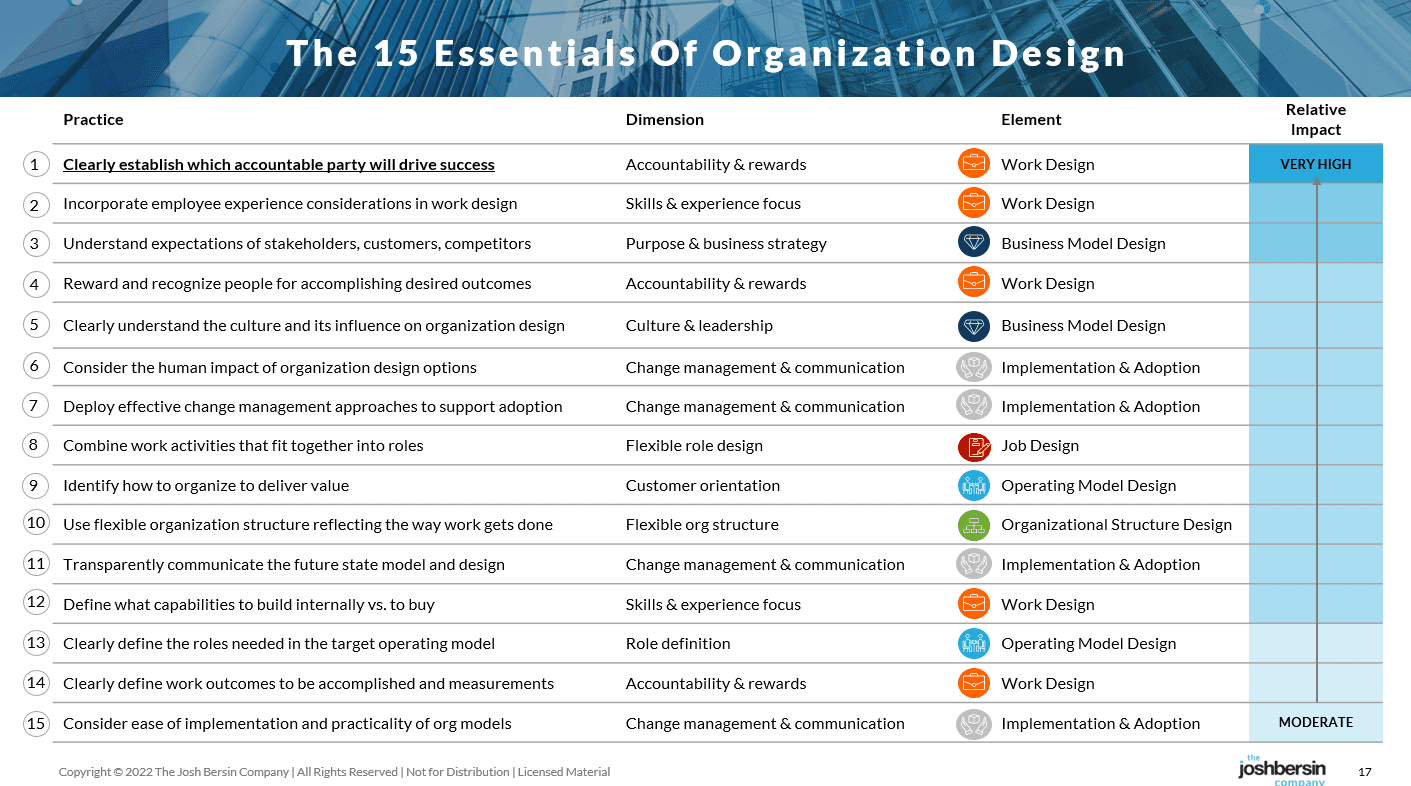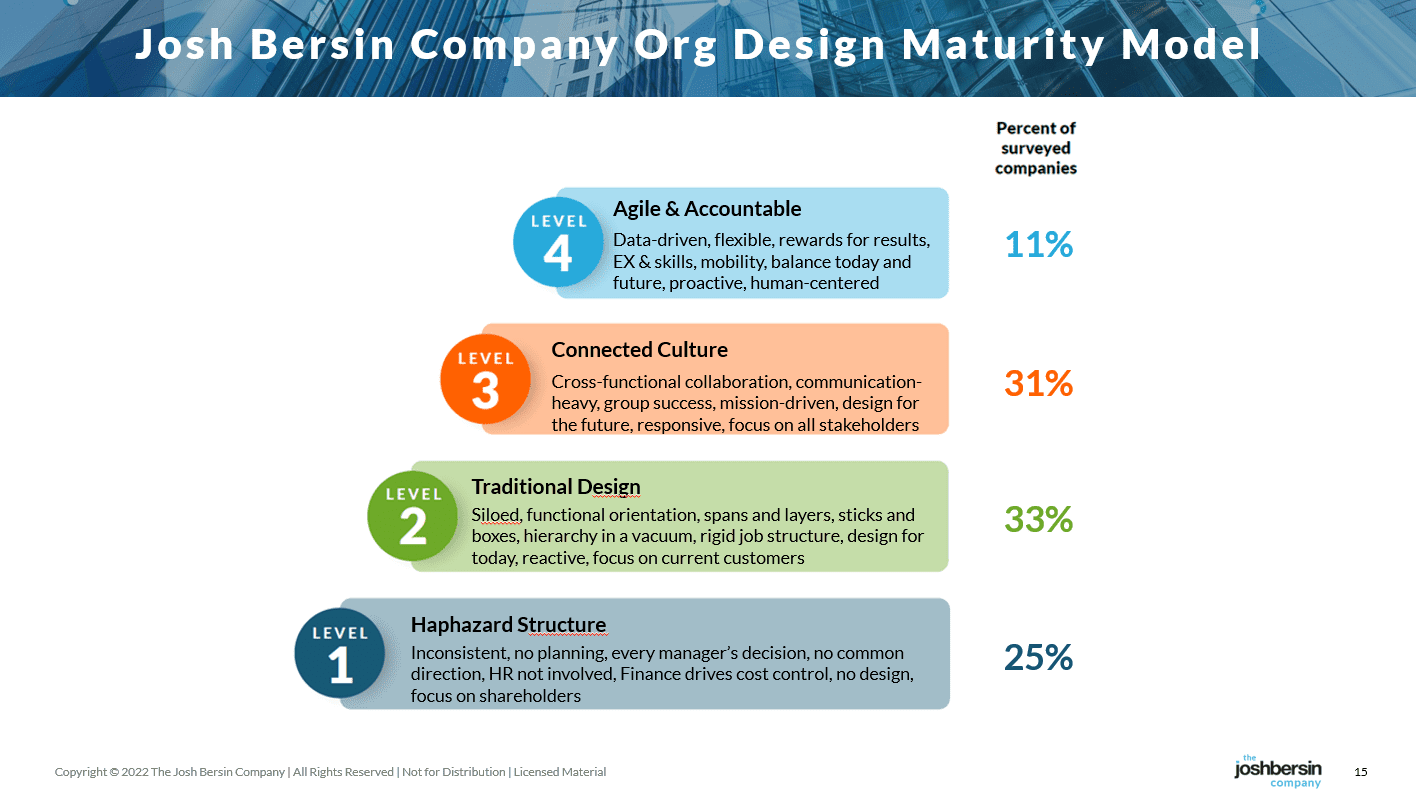Productivity Paranoia: The Design Challenge Ahead.
Last week Microsoft’s Work Trend Index discovered a profound problem at work: while 87% of employees believe they are highly productive, only 12% of CEOs agree.
This is a staggering finding. While employee work harder than ever, CEOs simply do not believe it.
Microsoft believes this is a symptom of hybrid work, but I think it’s a little more complex. Let me try to explain.
The Microsoft research, which includes surveys and data from the Microsoft Graph, found that people are very busy: employee meetings increased by 153% and double-booked meetings increased by 46%.
In fact they are too busy. Mercer’s research finds that 81% of employees are “burned out” and most companies I talk with tell me people are so busy they aren’t ready for the office. Most studies show that employee-perceived productivity has skyrocketed during the pandemic.
Why Don’t CEOs See This?
As I discuss in the podcast, we’ve entered a tough period of time for leaders.
CEOs are dealing with unprecedented change: high inflation, an economic slowdown, supply chain problems, a war, a hurricane, and a stock market crash. CFOs have seen their stock prices drop by a third, investors are screaming for profits, and everyone wants more cash. So the pressure is on CEOs to “tighten the screws.”
What’s the knee jerk reaction? If CEOs don’t see people in the office, they are likely to say “we need to make our people more productive.” So they send this message and make employees worry.
Employees see the world a bit differently. Not only are they also facing uncertainty, they have backlogged vacation, they want to see their friends, and most of them want a more enjoyable experience at work. Working “harder” is not on their mind: in fact the Four-Day Work Week, a big idea that teaches us to “do more with less,” is showing great results.
What’s The Answer To This Conundrum?
When the business wants to improve profits, it’s not enough to ask people to work harder. (Especially when we have unprecedented turnover.) This is really a design problem.
How can we make work easier, simplify products and services, and get people more focused? As our research pointed out during the pandemic, it’s a problem of organization design, accountability, and focus.
Let’s face it, the pandemic made most companies more complicated. Starbucks, which faces union pressures in its stores, discovered that it created 170,000 various food and drink options in its stores. All these new ideas (phone orders, mobile orders, drive-through, deliveries) created complexity. The result? Unhappy employees, high turnover, and lagging profit.
Consider the recent town hall by Sundar Pichai at Google. He told Google, one of the most profitable companies in the world, that everyone has to become “more efficient.” There is too much bureaucracy, people are taking too much time off, and there isn’t enough focus on getting the job done. He suggested a series of “Simplicity Sprints,” which is always a good idea.
I call this the “Kitchen Drawer problem.” You look down at the kitchen drawer, and you find out that there’s a lot of stuff in there. How did all this get here? Are we using any of this any more?
 |
The answer is probably no, because every “new program” or “new idea” is added to the pile of procedures, programs, and systems we already have. It’s time to brutally simplify our work, and that is a very good thing.
As I talk about in my new book Irresistible: The Seven Secrets Of The World’s Most Enduring, Employee-Focused Organizations, we need a new set of rules. Focus on teams, not hierarchy. Create accountability, not rules. Invest in growth, not promotion. And teach managers to listen, align, and support their teams.
One of the greatest stories I heard during the Pandemic was the story of PepsiCo’s “Process Shredder.” Using a tool by Perceptyx, PepsiCo asked several thousand employees to volunteer ideas on “the one thing you think we should kill” to make work easier. Within a few days thousands of people submitted ideas, and they voted one to the top. Guess what the most hated process was?
Yes, you’re right: Performance Management. This process, which has been over-engineered and disliked for decades, must be simplified and reduced to its minimum. A new model for Performance Management (we call it performance management in the flow of work) makes this far easier, and PepsiCo essentially saved millions of hours in this effort. They and other companies spend months of time in talent reviews, calibration sessions, and more. Most of that can be ditched.
Google, by the way, has radically re-engineered its aging performance process, (using Betterworks at the core), and already it’s saving the company time.
How Do We Simplify Work?
It’s not as hard as you think. In the healthcare industry they call it “working at the top of your license.” If you’re a nurse, making $50-75 an hour, you shouldn’t be emptying the trash, cleaning beds, or filling out forms. So companies like Providence have decomposed nursing work into tasks, and they outsource the “non-strategic” work to machines or lower paid people.
Every company can do this. You just have to get a team together, empower the working team to work on the redesign, and follow the organization design principles we describe in our research. This is not a project in spans and layers: it’s a problem of going back to basics, assigning clear accountability for each task, and delegating work to the best machine, platform, or person.
 |
We studied this in detail very recently, and guess what we found. The most important factor in “work simplification” is not eliminating middle management or de-layering the organization (that certainly helps). It’s clearly assigning accountability!
How many times have you been in a meeting where someone points out a problem and then everyone looks at each other and says “who owns this?” This is how bureaucracy is created.
 |
There are lots of other parts to this, many of which are detailed in Irresistible. Too many levels, managers hoarding information, people not rewarded for cross-functional work, and reward systems that are rigid and not aligned to purpose.
And don’t forget the importance of “slack time.” Studies have shown that when you give people less to do (but focus their attention on the right things), their productivity goes up. They have time to think, learn, and improve. And they get more sleep and have more energy.
But making change may not be easy. I talked with the CHRO of a large pharma company early in the pandemic and she was telling me about their early efforts in their hybrid work team. They assembled a team of HR and facilities leaders, told them to put together a plan, and asked them to roll it out in a few weeks.
The problem they ran into was in leadership. All the “approvers” who needed to weigh in (HR, IT, Facilities, Safety, Compliance, Finance) were involved in various committee meetings. And they were simply “not able to meet” for weeks. In fact all these leaders’ assistants told the team that “it would take 60 days for the group to get together and put this on the agenda.”
Obviously the CHRO addressed this problem, and immediately scheduled a crisis meeting. But without the “urgency of the pandemic” and the power of the C-level sponsor, that decision may have languished for a quarter or more.
Well we don’t have the “urgency of the pandemic” any more, so if you tell people to “become more productive” you may wait months for something to really happen. This is why assigning accountability (which Amazon does so well) has such power in driving change.
 |
Don’t Forget Culture
One of my friends works for a large software company that just made an acquisition. As a result of the new engineering headcount, they’re letting a lot of people go. And at the same time, the CFO is sending out a message that the company has to be “more productive than ever.”
Imagine how the engineering team feels. Rather than take the time to realign the organization, focus on the process above, and use this acquisition as an opportunity to centralize, decentralize, or combine roles into larger teams – they simply decided that “we have too many people.” And this happens all the time.
Yes, many companies did over-hire during the pandemic. Investors poured money into tech and crypto companies and they hired people as fast as they can. Now, however, it’s time to rationalize and focus these people, and that takes culture and management, not a simple layoff.
Layoffs, which I described in an article earlier this year, can often have damaging effects. Before you make this decision, take the time to redefine what you’re trying to accomplish. Use your culture (whether it is a culture of growth, innovation, low-cost, or customer service) to double down on your mission. Because if we do have a recession, simply becoming a “smaller version” of your existing complicated self may not help that much.
And CEOs, please be careful what you say. When you say “we need to be more efficient” people hear “job cuts” or “lack of a bonus.” Use the example of Starbucks to redesign what you do, so people feel involved in the process and they feel they can help redesign the company for growth.
As I talk about in my book and many of our client meetings: becoming Irresistible is not about changing pay, benefits, or headcount. It’s a design problem, one we can all contribute to, as we weather the latest trends in the economy.
Additional Information
Irresistible: The Seven Secrets of the World’s Most Enduring, Employee-Focused Organizations


